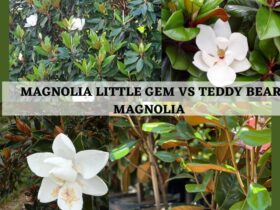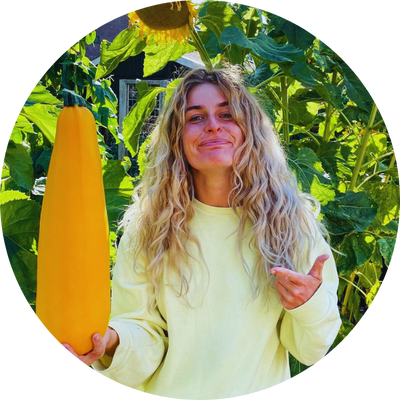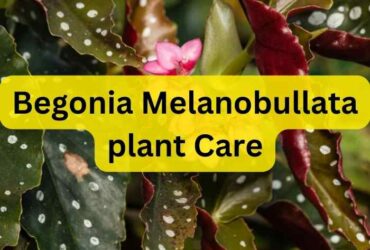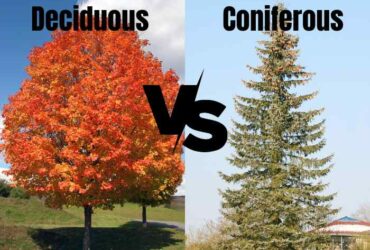If you are a plant person, you should have a vast collection of plants at your home. One of the most common indoor plants is succulents. Looking for the Best Low Light succulents? Let’s see what we have got for you!
Succulents are attractive and uncommon plants that can grow almost anywhere, are hardy, and don’t require much water. Low light succulents are popular houseplants worldwide, but they can be difficult to cultivate if your home has no window that gets plenty of sunlight.
Most species need lots of direct, full sunlight to survive. Even if your house doesn’t receive a lot of sunlight, there is always hope. It’s crucial to understand that low light does not equate to “no light”; while most of these low light succulents don’t require direct sunlight, they do require indirect or filtered sunlight.
People would want to bring the best low light succulents indoors because of how beautiful their forms and hues are. Even if your home is light and there is some sunlight coming through, many low light succulents need to fare better in low light conditions.
How Much Light Do Low Light Succulents Need?
A variety of the best low light succulents can flourish in darker situations, even though succulents are traditionally recognised for their capacity to thrive in sunny, dry circumstances. Most low light succulents require 6 hours of indirect sunshine daily.
Placing them next to a south-facing window where they will receive several hours of indirect sunshine each day is the best way to provide them with the required light.

Best Low Light succulents
Below is a list of the best succulents for low light conditions:
Aloe Vera (Aloe barbadensis miller)
One of the Best Low Light succulents for indoors is aloe vera. It can survive in locations with little sunshine and even tolerates shade.
Aloe vera is preferred for low light, succulent indoor gardening since it requires little maintenance and space. On the other hand, Aloe vera is a lovely indoor plant that requires little maintenance.
When selecting one, look for an aloe vera plant with thick, meaty leaves. The plant does not require frequent watering since these leaves retain water. Because of this, aloe vera plants thrive in dry, dim environments.
Jade Plant (Crassula ovata)
The Jade Plant (Crassula ovate) is an excellent indoor succulent choice if you’re seeking the best low light succulents indoors.
This plant, indigenous to South Africa, can survive in low light and low water environments, making it a fantastic option for people who don’t have a lot of time or expertise caring for plants.
The Jade Plant is a well-liked gift plant since it is additionally said to bring luck and riches to its owners.
Zebra Plant (Haworthia attenuata)
The Zebra Plant (Haworthia attenuata) is ideal for low light succulents for the home, workplace, or garden.
These sluggish-growing South African plants get their name from the white stripes that resemble zebras on their leaves. With the proper care, this tiny resilient plant may survive for many years with little upkeep.
Burro’s Tail
Rows of fleshy, teardrop-shaped leaves cover Burro’s Tail, also known as Donkey’s Tail or Lamb’s Tail, a low-maintenance plant. It is the best low light succulent for home.
Select a windowsill that receives a lot of shade and sunlight, especially in the afternoon when the sun is at its harshest. It requires extra shade if you see the leaves becoming grey or dull green.
On the leaves, Burro’s Tail occasionally generates an epicuticular wax, a white waxy material.
Holiday Cacti (Schlumbergera)
Schlumbergera, often known as the Holiday Cacti, is a low light succulent for home that thrives in enclosed spaces.
Brazilian rainforests are the source of holiday cacti. In the wild, it is an epiphytic cactus that grows on rocks or trees. They can store water, which makes them the perfect plant for low light environments.
Christmas Cactus
Christmas Cactus will brighten your holiday spirit even if Poinsettia is the typical plant that is most associated with the holiday season.
Even though it is the most well-known of the three succulents, this plant is frequently mistaken for others. Holiday Cactus, native to Brazil’s tropical areas, may be grown outside in the summer before being brought within for the winter. It is best for flowering low light succulents.
Devil’s Backbone
One well-known tropical plant for indoor gardening is the Devil’s Backbone succulents plants for low light.
Although it is endangered in some regions of Mexico, it is endemic to northern temperatures in sections of Africa, North and Central America. This variety of succulents has wavy stems and leaves speckled with green and white.
In hotter conditions, they could take on a pinkish-red colour. The Euphorbia tithymaloides plant prefers filtered, indirect light.
Ice Plants
The perennial succulents known as “Ice Plants” have microscopic hairs on their leaf that seem to be ice crystals when light reflects off of them.
This is best for flowering low light succulents. They have fleshy green leaves that, in chilly weather, can change colour to a darker tint. While whole light might aid in bloom development, this plant can also tolerate little shade.
Ensure your Ice Plant is planted in soil that drains well and keeps it out of any standing water.
Propeller Plant
Another species in the Crassula genus is the Propeller Plant. The nicknames for this succulent come from the angular growth and appearance of the leaves.
It not only has a distinctive look, but it also can blossom in vivid red clusters. This is best for flowering low light succulents.
Even though it might not bloom inside, it is a robust plant that can tolerate times of drought. The Propeller Plant can take moderate shade even if it likes the sun.
Purple Wood Spurge
A perennial succulent called Purple Wood Spurge is well known for its dark green leaves with a purple undertone.
Despite being a typical outdoor specimen, this kind of plant looks fantastic in low light succulents for indoors. It has brilliant yellow blossoms that look stunning against its strappy purple foliage.
Haworthia Species
Members of the Haworthia genus are low light, succulent terrariums, planters, and just about anything else. They are sometimes jewel-like, sometimes with white stripes, but they are always gorgeous and equally resilient.
Sansevieria’ Snake plant’ (compact varieties)
Sansevieria is the quintessential low-maintenance plant, straddling the line between succulent and tropical. Smaller, more compact species, in particular, flourish in a low light terrarium with minimal attention.
If you want a low light succulent terrarium but want to avoid having to remember to water it frequently, this plant is a great option!
DID YOU KNOW? In low light, Sansevieria, also known as the Snake Plant, can reach heights of several feet and has been shown to purify the air by removing toxins like formaldehyde and benzene.
Cryptanthus
Cryptanthus can grow everywhere and are sometimes called “Earth stars.” Additionally, they frequently offer the same plant in rich pink, red, and green colours! A lovely addition to your low light succulent terrarium.
How Do Choose The Best Low Light Succulents?

When choosing the best Low Light succulents, remember that most succulents are adapted to bright, sunny environments, making it challenging to find ones that can thrive in low light. However, the following guidelines will assist you in picking the top succulents for low light:
- You ought to look for succulents with darker-green leaves. These plants are better at absorbing light because they have more chlorophyll.
- Pick plants with thinner leaves because they are more suited to low light environments. Typically, a plant that requires lots of light to thrive will have thick leaves.
- Succulents like Haworthia, Gasteria, or Sansevieria are good choices because they can thrive in partially or fully shaded areas.
- Choose succulents like Snake Plant, Zamioculcas, or String of Pearls that survive in lower light environments.
- The succulent’s location in your house or workplace should be considered. Even low light succulents will flourish if they are positioned near a window that receives some natural light or if artificial lighting is added to the environment.
- Keep an eye on the potting medium and soil conditions. Succulents prefer soil with good drainage and containers with drainage holes to prevent soggy roots that could lead to rot.
- Last, before bringing a succulent home, constantly research its particular care requirements. To ensure your succulent thrives in your low light environment, it’s essential to research the various species’ light requirements and care guidelines.
Wrapping It Up!
Succulents are ideal if you’re searching for a minimal-maintenance plant that can survive in low light. This blog article has identified the top succulents for low light conditions. So stop waiting and get some succulents right away!
Succulents are well-known for their ability to withstand drought but not for tolerating shade. While most species need whole light, several can handle moderate shade, and some even prefer it.
Snake Plants, for example, these succulents require some light; they will gladly lighten up your gloomy corners if your home has poor lighting levels. Thus, whether you want a succulent for indoor or outdoor, you’ll always have best Low Light succulents to choose from!
Frequently Asked Questions
What succulent needs the least light?
Snake Plant needs the least light among succulents and can tolerate low light conditions.
Do any succulents do well in low light?
Yes, some succulents like Snake Plant, Zamioculcas, and String of Pearls do well in low light.
What succulents need indirect sunlight?
Succulents that need indirect sunlight include Haworthia, Gasteria, and Sansevieria.
Do any succulents grow in the shade?
Yes, some succulents like Fernleaf Lavender, Dwarf Spruce, and Coral Bells can grow in the shade.
To get to know more about plants, follow @Kitchen and Gardening!














Leave a Reply